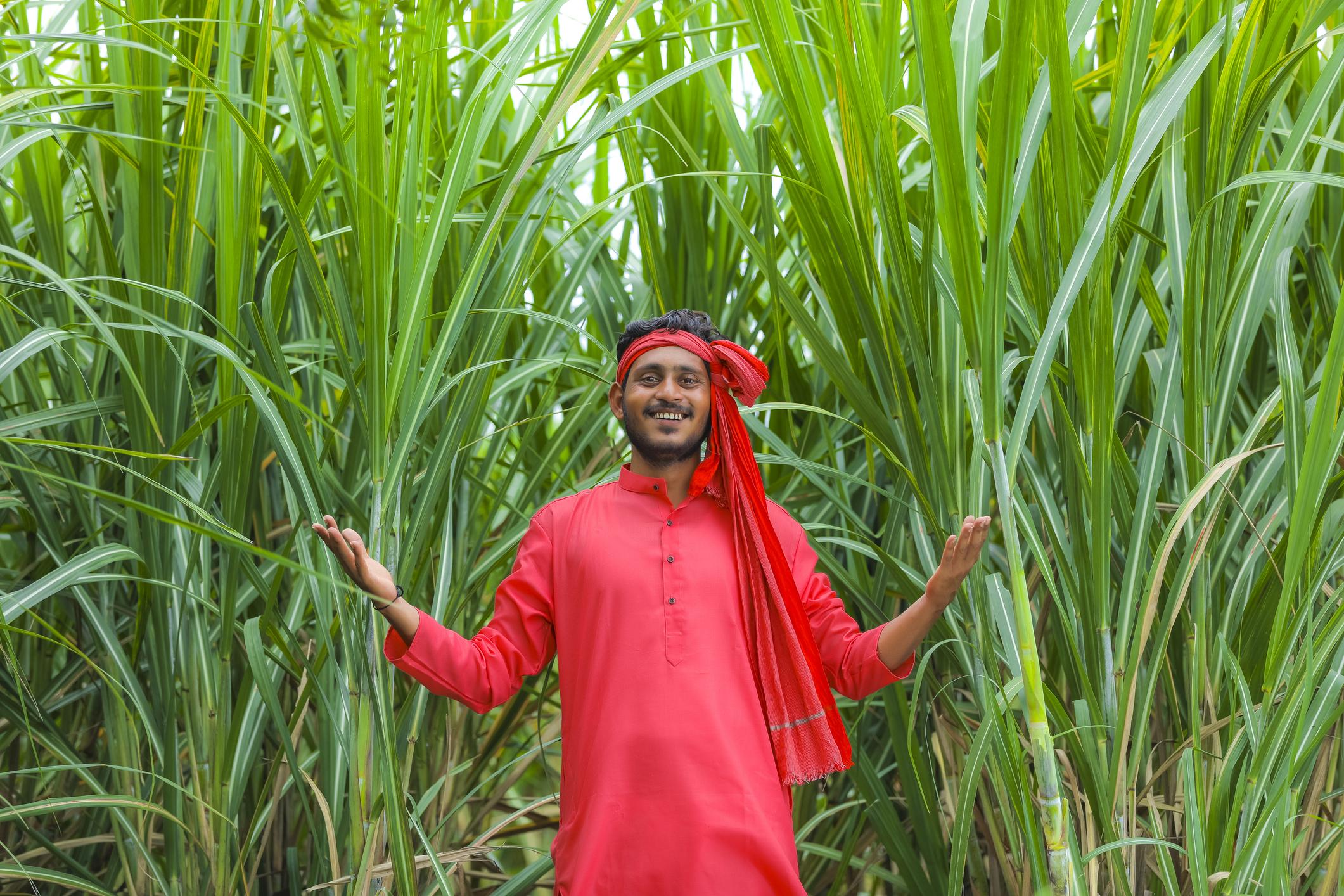The shire of Burdekin is the capital of north Queensland’s sugar industry and also the centre of a revolution Australian cane growers call the bioproducts race. They’re looking to convert waste (called bagasse) that’s left after the milling of sugar cane into bio-based goods. They call it a race because this is a ‘once in a lifetime opportunity’ to reap the economic rewards of replacing petrochemicals with bio-based alternatives.
To take advantage of this opportunity, one conglomerate of growers in Burdekin is seeking to build a refinery that turns bagasse into chemicals such as monoethylene and monopropylene glycols, for plastics and fibres as well as sustainable aviation fuel.
Meanwhile, in the Indian state of Uttar Pradesh, packaging firm Yasha Pakka converts bagasse into compostable tableware in a bid to replace single-use plastic. Though yet to turn a profit, Yash Pakka is running the same race as Australian sugar mills, turning sugarcane waste into bio-based alternatives to petrochemical products.
While the crop is similar in Australia and India, the conditions for production couldn’t be more different. Australia is one of the few countries with high wages that’s a major producer of sugar. Its operation is lean, all the way down the chain from cultivation to harvesting, transportation, milling, and export. According to the Australian Sugar Milling Council, 4500 people work in the industry to produce 4.4 million tonnes of raw sugar annually, most for export.
By contrast, India’s industry is built on cheap labour: 500,000 people work in sugar mills to produce 36 million tons of sugar, mostly for domestic consumption. The government subsidises cane and sugar production and protects its domestic industry through tariffs and import restrictions.
In one sense, India and Australia are competitors. They are both major sugar producers seeking to lead in the bioproducts race.
But the two countries export to different markets, due to the protectionism of the Indian industry. And the different capabilities between the two industries mean they are looking to lead in different types of bioproduct. There is also so much potential for alternatives to petrochemical and plastic goods that the market is a long way short of saturation, and the competition is diffused by numerous others countries also looking to make their mark.
So it makes sense for India and Australia to cooperate. Producing bio-based goods from sugarcane in an economically viable manner, competing against cheap petrochemical products, remains a daunting challenge for both countries. They can both get ahead in the race by working together immediately on the following three areas:
—Efficiencies in milling and farming. Australia is the best in the world in this area, and has expertise to share that would benefit the highly protected Indian industry.
—Sugarcane crop research. As bagasse becomes more valuable, certain crop traits may be identified as particularly desirable, and both countries would benefit from such discoveries.
—Adapting equipment for bagasse-to-bioproduct conversion. Off-the-shelf technologies currently used in the processes need to be adapted. For example, sugarcane selected for bioproduct conversion tends to keep its top and base, so the equipment needs to be adapted to suit the larger size. India and Australia can collaborate on research and development.
In addition, an India-Australia bioproducts fund should be established. It could be attached to the existing Australia-India Strategic Research Fund to minimise setup costs. The new funding should be delivered quickly to businesses, universities and other institutions such as genebanks and CSIRO.
Longer term, Australia and India should start a collaboration on agricultural technology, a surprisingly underexplored area. It’s a field in which both countries are strong. India still prioritises the United States for tech collaboration. Between 2011 and 2020, 31.2 percent of India’s internationally collaborated publications were with the United States, and only 7.6 percent with Australia. In agricultural research, the United States was top with 25.6 percent and Australia second with 9.6 percent. A boosted collaboration on agritech could include a formal Australian agritech week at one of India’s big tech summits.
With a collaboration like this, agricultural areas in both countries, like Burdekin and Uttar Pradesh, can transform into key producers of bio-based goods. It would give the India-Australia relationship—and the bioproducts industry—a real sugar hit.


